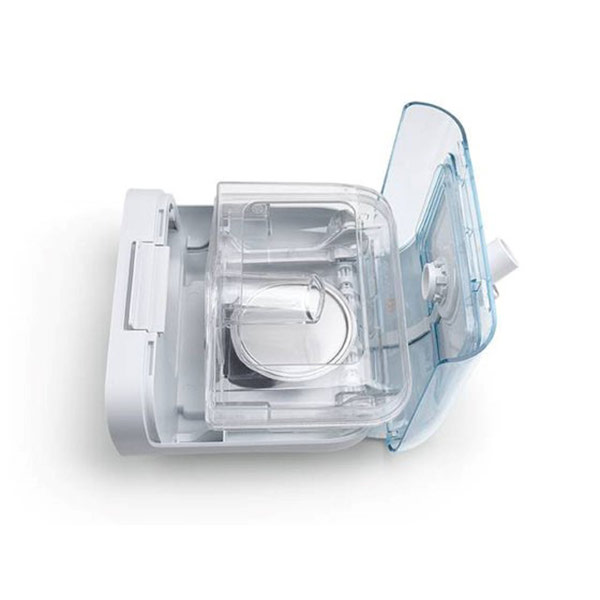Humidity and CPAP
Humidifying the air in CPAP devices involves connecting a specially designed humidifier to your CPAP device. It's a good reminder to know that humidification is not necessary for all patients. It all depends on your environment, the place you stay and the comfort that is required for you to be compliant to CPAP therapy.
Adding a humidification system will resolve nasal congestion, dryness and/or tenderness. It also may resolve mouth breathing and dry throat. Resolving such issues can lead to a more comfortable and better quality therapy. 80% of the humidification process that occurs in people is done through the nasal passages. Humidity helps to prevent dryness, irritation and to trap pollutants and allergens when breathing. CPAP therapy moves air fast enough so that the nose does not have a chance to humidify the air. Therefore, a humidification system assists the nasal passages to humidify the air so that the lungs can get the moisture they need to stay healthy and work properly.
Signs That You Need a Humidifier
|
 |
Environmental factors can increase the demands of humidity on your body. When you travel in extremely dry climates, you may experience a sore throat, nasal congestion, and irritated sinuses. You may experience such symptoms even in extreme cold and cold climates as cold air tends to lessen humidity. In both cases, lower humidity puts extra burden on your body and the body’s normal balances for humidity. Everybody is independent and therefore takes a while for everybody to adjust. Having a humidifier can certainly ease up this process.
|
